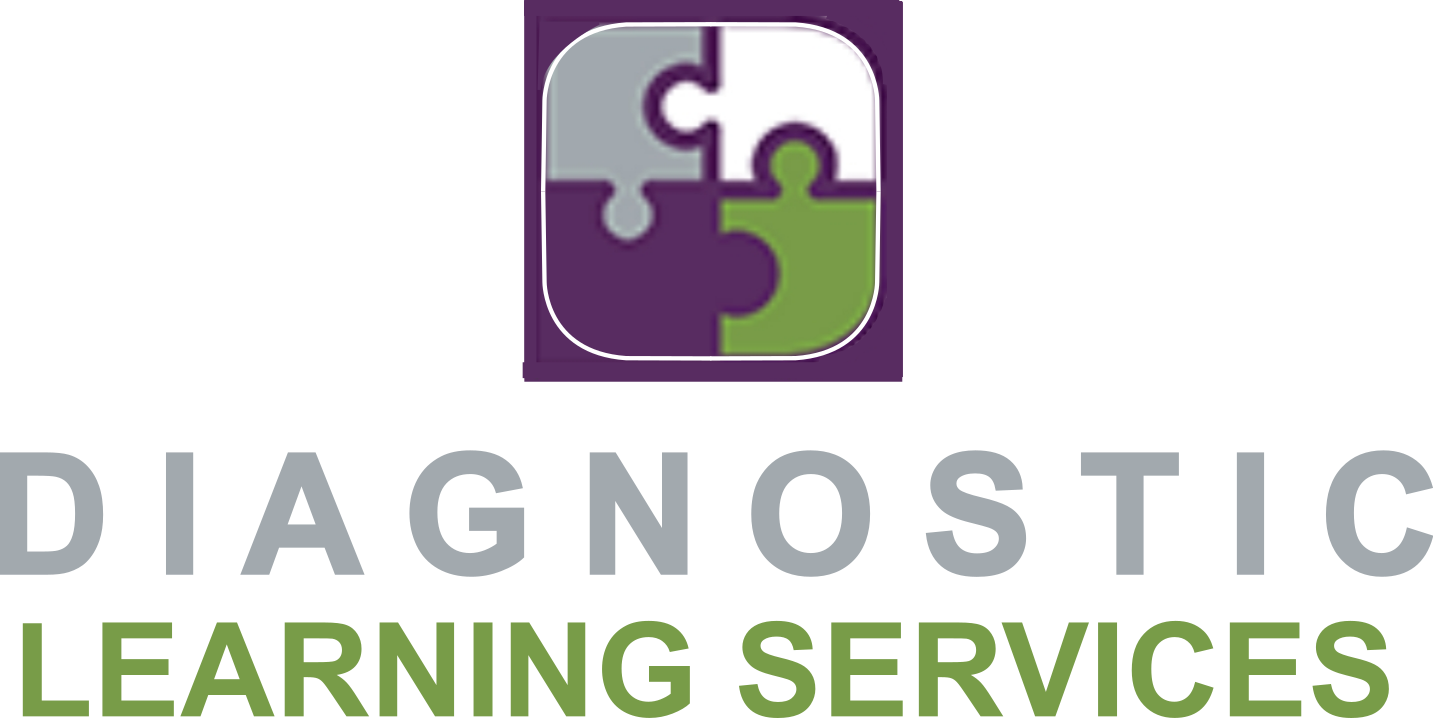Have You Ever Wondered How To Explain Dyslexia To Your Young Child?
Explaining dyslexia to a young child in a simple and positive way can help him/her understand that it's just a different way of learning, and that he/she has unique strengths. Here are some steps you can follow:
Choose the Right Time and Place:
Find a quiet and comfortable space where you can have a one-on-one conversation without distractions.
Use Age-Appropriate Language:
Use simple and age-appropriate language to explain what dyslexia is. For example, you could say, "Sometimes, people's brains work a little differently when they read or write, and that's okay."
Highlight Strengths:
Emphasize that everyone has their own strengths and talents. Proceed to mention some of your child's strengths and talents to reassure him/her that dyslexia doesn't define them.
Compare with Other Skills:
Compare dyslexia to other things your child understands, like playing sports or learning to ride a bike. Explain that just like it takes time to get better at those activities, learning to read and write might take a bit more effort.
Provide Positive Examples:
Share examples of successful people with dyslexia who have achieved great things. This can help your child understand that dyslexia doesn't prevent them from being successful.
Reassure and Encourage:
Reassure your child that he/she can still learn and succeed in school, and let him/her know that there are teachers and specialists who can help him/her with techniques that work best for him/her.
Answer Questions:
Encourage your child to ask questions and answer them in an honest and straightforward manner. Be patient and open to addressing any concerns your child may have.
Read Together:
Show your child that reading can be enjoyable by reading together. Choose books that are engaging and appropriate for his/her reading level, and make it a positive and fun experience.
Involve Teachers:
Let your child know that his/her teachers are there to support him/her and can make adjustments in the classroom to help him/her learn in a way that suits their strengths.
Promote a Growth Mindset:
Teach your child about the concept of a growth mindset, emphasizing that with effort and practice, he/she can continue to improve and overcome challenges.
